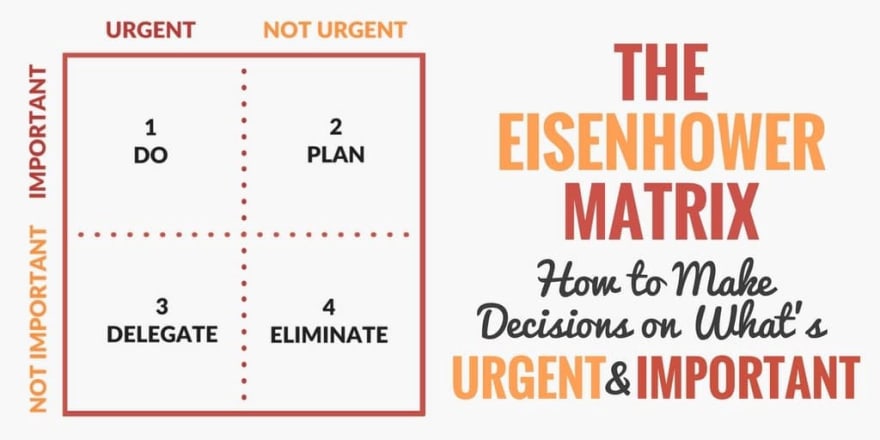As time goes by, I’ve started to find myself overwhelmed with things I would like to achieve. I looked for a solution to track my progress and goals. I tried various tools and found that writing each item and organize them in lists works for me. I felt immediate relief and “in-control” of my things. Curios of the reason why — it has drawn me to read about it and realizing that when writing things down, it frees your mind, clear space for more important topics. I encountered David Allen’s book, Getting Things Done, where he calls this process “Core Mind Dump”.
Furthermore, it acts as a stress relief, which helps creative thoughts and ideas to flourish (since your mind is free), or in Allen’s words (in his book Ready For Anything):
“When mental space has too many distractions and unmanaged agreements and loops, flow is limited. Clear the pipes and you attract and foster new, productive thinking that almost happens by itself.”
Another inspirational person is Yuval Abramovitz, who wrote the interesting book, “The List”. I recommend seeing his TED talk, which encourages you to write everything down in a list and by that fulfilling your dreams.
In the next paragraphs, I’ll illustrate my daily routines, and hopefully, others might find it useful. My favorite platform is Google Keep. Still, any other of the vast range of To-do applications may do the work too (a glimpse into the plethora).
One list rule them all
One of the frequent mistakes that people who do keep tasks-lists do is managing them in various tools. Usually done for separating between work and personal goals. One of the best tips I’ve received is holding all of them in one place for better prioritizing your daily routine.
Too many lists in different tools, inflict users’ confusion due to the context-switch between the various platforms.
So, if you need to track the context of your tasks, tag them. In Google Keep, you can tag each note, and in the future, it allows you to filter based on the tag to focus on the relevant information. Besides, I add color too, so when looking on the whole notes dashboard — I can get the sense of how many notes from each category exist.
The routine
When a new chore or arrangement jumps into your timeline, immediately capture it. You can add an image, voice record, or share it with your collaborators. Just make sure to write the relevant context-wise information to complete it. For example, in case you would like to call customer service, add the phone number into the note’s details. In such a way, you’ll be able to complete the task quickly without the need to search for additional data.
Every morning starts with going over my lists, so ensure you block the time in your calendar. This routine helps me to plan my day and track my progress. I add reminders to things I would like to finish today, tomorrow, or in the longer run — based on their importance. I rearrange yesterday’s open tasks and ask myself what can be postponed — all against the priority I set (which is flexible too).
Eventually, I just set the date and time against my calendar availability. Upon saving the reminder, the note’s schedule is integrated into my google calendar (recall, one tool for better prioritization).
So, how to manage the long run tasks? I use the Eisenhower Matrix method; these goals are usually the “important and not urgent” ones. As part of my routine, every two weeks, I look at them and decide if it’s time to handle — whether I should delegate, eliminate, or do it. If “Do” has been chosen, I’ll break it down into smaller tasks and back into my daily routine. In any of the selected paths, headspace and the sense of achievement are gained.
One last note, I make sure to not invest too much time in doing my daily routine (up to 10 minutes); otherwise, it might become a burden.
To conclude
Besides helping you think big (aim high), process your thoughts, and be more committed to your goals. Writing To-Do lists gives you a record of the past, which provides a valuable insight into your thinking process. Moreover, you gain a sense of achievement and satisfaction when a task is marked as done. While crossing things off your list, you’ll feel productive and, in turn, enhance your productivity, creating a virtuous cycle.








Top comments (0)